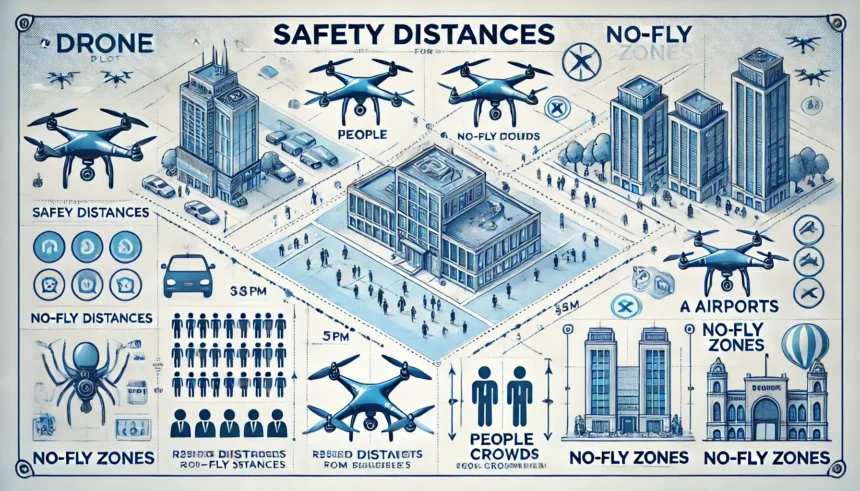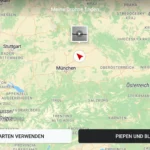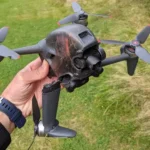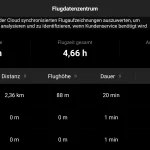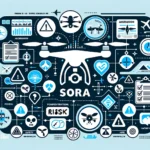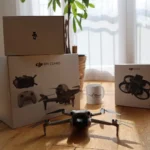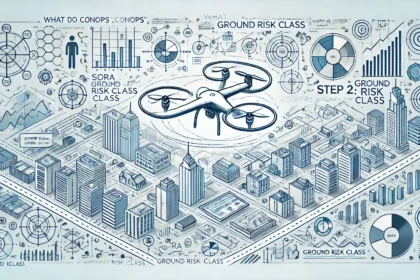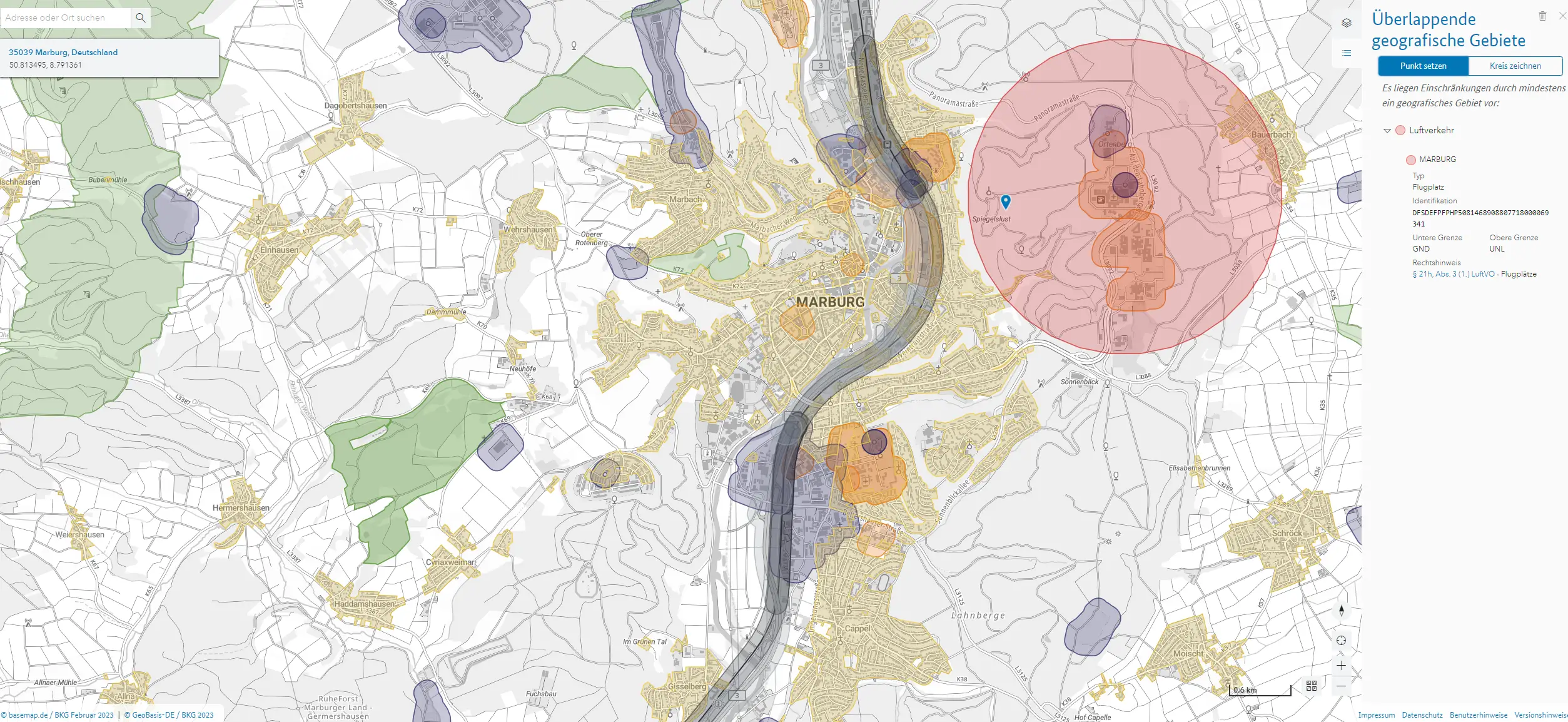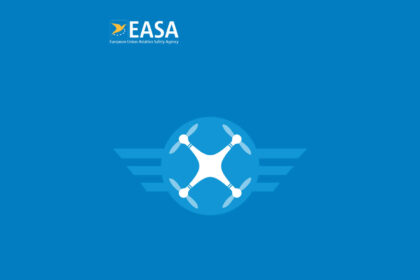As a drone pilot, you must familiarise yourself with the topic of safety distances for drones. We explain the most important safety distances you need to know in order to fly your drone in compliance with the regulations.
As the EU Drone Regulation takes a risk-based approach to the design of rules and laws, the topic of safety distances plays a major role. The greater the distance between drones and uninvolved persons or certain types of property, the lower the risk of accidents.
As part of this regulation, there are various safety distances for drones that are relevant for drone pilots. In order to keep this article clear and cover most cases, we will focus here on the safety distances for drone flights in the Open Category (A1, A2, A3). We cover the safety distances for the Specific category separately in our SORA article series(Part 1: What is SORA?).
What does the safety distance refer to?
In the Open category, the safety distance always refers to the distance from the flying drone to uninvolved persons or certain types of property (see below).
Overview of the most important safety distances for drones in the Open category
Let’s start with a summary of the most important safety distances for drones that you need to know as a drone pilot for flights in the Open category. We will then go into detail and distinguish between fixed distances, which are given directly in absolute figures (in metres), and variable distances, which depend on the flight situation to make it easier to understand the values given.
| Operating category | Distance rules |
|---|---|
| Open A1 | There are no fixed or variable distances that must be maintained when flying in A1 to uninvolved persons or residential areas. |
| However, overflights of crowds of people are prohibited in the entire Open category. | |
| With C1 drones, overflights of uninvolved persons should be avoided. If this is not possible, the duration of the overflight should be minimised. | |
| Open A2 | Distance to uninvolved persons is at least 30 metres |
| If you fly your drone higher than 30 metres, you must apply the 1:1 rule (see below) and adjust the distance accordingly. | |
| If your drone has a “slow flight mode” in which it flies at a maximum of 3m/s, you can reduce the distance to bystanders to at least 5m, but you must also observe the 1:1 rule here. | |
| Uninvolved persons may not be flown over in A2 under any circumstances. | |
| Open A3 | The safety distance to bystanders is at least 30 metres. The 1:1 rule and the maximum speed of the drone must also be observed, which means that the distance may be greater (the highest value counts). |
| The distance from the drone to residential, industrial, recreational and commercial areas is at least 150 metres. | |
| Uninvolved persons may not be flown over in A2 under any circumstances. |
Defined safety distances for drones
As a drone pilot, you must be aware of the following fixed safety distances when flying in the Open category.
Open A1:
- No fixed defined distances
Open A2:
- Distance to uninvolved persons: at least 30m
- Distance to uninvolved persons in “slow flight” mode: at least 5m
- Note: In the Open A2 sub-category, the variable 1:1 rule for the safety distance also applies (see below)
Open A3:
- Distance to uninvolved persons: at least 30m
- Distance to residential, industrial, recreational and commercial areas: at least 150m
Variable safety distance for drones
The following distance rule is not defined in absolute figures, but must be calculated. But don’t worry, you don’t need to do a lot of maths here. The small “formula” is very simple and easy to remember.
The 1:1 rule
Already mentioned in the last paragraph, the 1:1 rule is probably the best-known variable distance rule that most drone pilots should already know.
It simply states that the minimum distance to uninvolved persons must correspond to the flight altitude. This means: If you fly your drone at an altitude of 50 metres, you must keep a distance of at least 50 metres. If you fly 75m high, this corresponds to 75m (1:1).
The background: The higher you fly your drone, the larger the radius in which it can crash and the greater the damage it can cause. Accordingly, the distance increases with altitude.
Speed-based distance
When flying in Open A3, a further variable safety distance must be observed. This is based on the maximum speed of the drone and is calculated as follows
Minimum distance (in metres) = Vmax * 2
Vmax is the maximum speed of the drone. You can usually find this value in the manual for your drone.
Example: Flying with your DJI Mavic 3 (Vmax = 21m/s) results in a minimum distance of 21 * 2 = 42m.
How are “uninvolved persons” defined?
In order to comply with the safety distances for drones, you must of course also know who counts as an “uninvolved person”. EASA itself provides an official explanation of this, which we refer to here to avoid any misunderstandings.
👉 Definition of “uninvolved persons” according to EASA
EASA video on the topic of safety distances for drones
The following EASA video explains the most important points about safety distances for drones when flying close to people.


